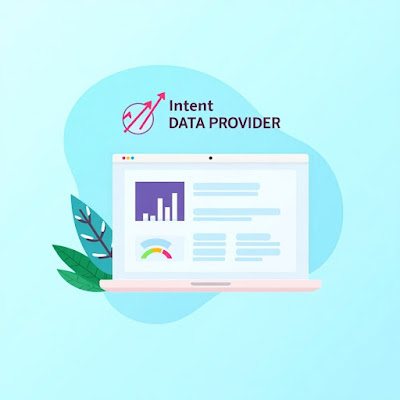Account-Based Marketing (ABM), in the world of B2B
marketing, has emerged as a fundamental strategy for focused lead generation
and business growth. ABM lead generation
is extremely targeted, marketing and sales teams coordinate their efforts
toward identifying specific high-value accounts. However, generating leads is
just the beginning of the ABM campaign. Nurturing those leads is what will
change them into long-time customers. Here are some approaches to successfully
nurture leads through lead generation campaigns.
Segment and Prioritize Your Accounts
When choosing the company for lead generation, it's vital to
identify target accounts and rank them on the basis of merits. These are
high-value companies whose operations align with your service or product
offering. When you spot these accounts, you will now need to classify them based
on customer size, industry, pain points, and readiness to buy. This
segmentation will enable you to exercise personalized nurturing activities and
influence the direction of your message—a right one, right now, to the right
folks.
Personalized Content and Messaging
The whole essence of ABM is about personalizing everything.
Unlike traditional lead generation, where the content is broad and generalized,
ABM gives you the ability to cater your messaging to each individual account,
addressing their needs and pain points without dilution. By creating a
personalized form of content, whether case studies, white papers, webinars, or
industry-related blogs, you're in an awesome position to engage with your
target accounts and nurture them through the sales funnel. Personalized
outreach works wonders in building relationships more firmly and increases the
chances of turning them into paying customers.
Use Different Channels for Engagement
To nurture leads with success means that you should reach
them across several company touchpoints through different means. Email, social
media, direct mail, and even phone calls form powerful funnels to help generate
ABM leads. By using a multi-touchpoint engagement strategy, you guarantee that
your message reaches your target accounts wherever they are most active.
Besides keeping communication in touch by recurring personalized contact
through various channels keeps your brand present in minds, and trust builds
with time.
Align Your Marketing and Sales Teams
To have successful ABM, the marketing and sales teams should
work closely together. The sales teams can give marketing teams valuable
insights about the accounts they are engaging with, while the marketing teams
can provide all the content and resources the sales teams need to support those
conversations. This unified approach keeps both teams aligned and nurturing
leads with the same messaging and goals. Collaboration between marketing and
sales is key to a more effective funneling of leads.
Measure, Analyze, and Optimize
it is essential to track and measure the success of various
campaigns for lead generation. With the use of different tools to analyze
engagement, content performance, and conversions for lead generations, this
information can also be used to tweak the tactics employed and strategies for
the best. As a rule of running an entire process, steady optimization makes
sure that one is forever aligned with achieving various targets and those of
the target accounts.
Conclusion
Nurture leads through ABM Lead Generation,
it requires a strategic and personalized approach, involving base segmentation,
multi-channel engagement, and collaboration of marketing and sales teams. Meet
the specific needs of your high-value accounts and increase the chances of
turning them from leads into long-term clients. Because you can quantify and
improve your efforts, ABM campaigns will continue to yield great results for
your business.

.png)





